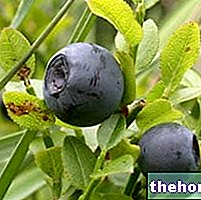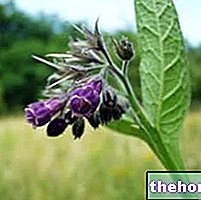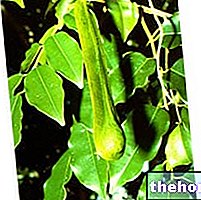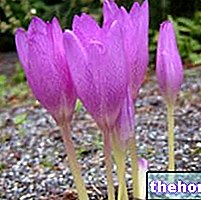
Scientific name
Piper methysticum
Family
Piperaceae
Origin
Polynesia
Parts Used
Root drug
Chemical constituents
- Kavalactones (methysticin, dihydro-methysticina, kavaina, dihydro-kavaina, yangonina, demethoxy-yangonina);
- Flavonoids (flavokavain A, B, C);
- Essential oil;
- Alkaloids (pipermethystina).
Kava Kava in Herbal Medicine: Properties of Kava Kava
Among the main activities of the plant the most important concern the anxiolytic, myorelaxant and anticonvulsant effect.
Kava Kava - Side Effects
Following ingestion, skin discoloration may appear due to high doses and prolonged over time, due to probable interaction with the absorption of niacin and B vitamins, and more rarely migraine.
Warnings
About 30 cases of acute hepatitis, some of which fulminant, have been reported in subjects who were taking Kava-kava; most of these cases occurred in Germany and two in Switzerland, and the health authorities of many countries, including Italy, have decided to withdraw Kava-kava from the market as a precaution.
Pharmacological interactions
- barbiturates - induced sleep increase;
- anxiolytics (benzodiazepines): described a case of coma due to the simultaneous intake of alprazolam and Kava kava;
- levodopa: the effectiveness of the antiparkinsonian drug is reduced;
- caution with the simultaneous intake of kava kava and alcohol.




























